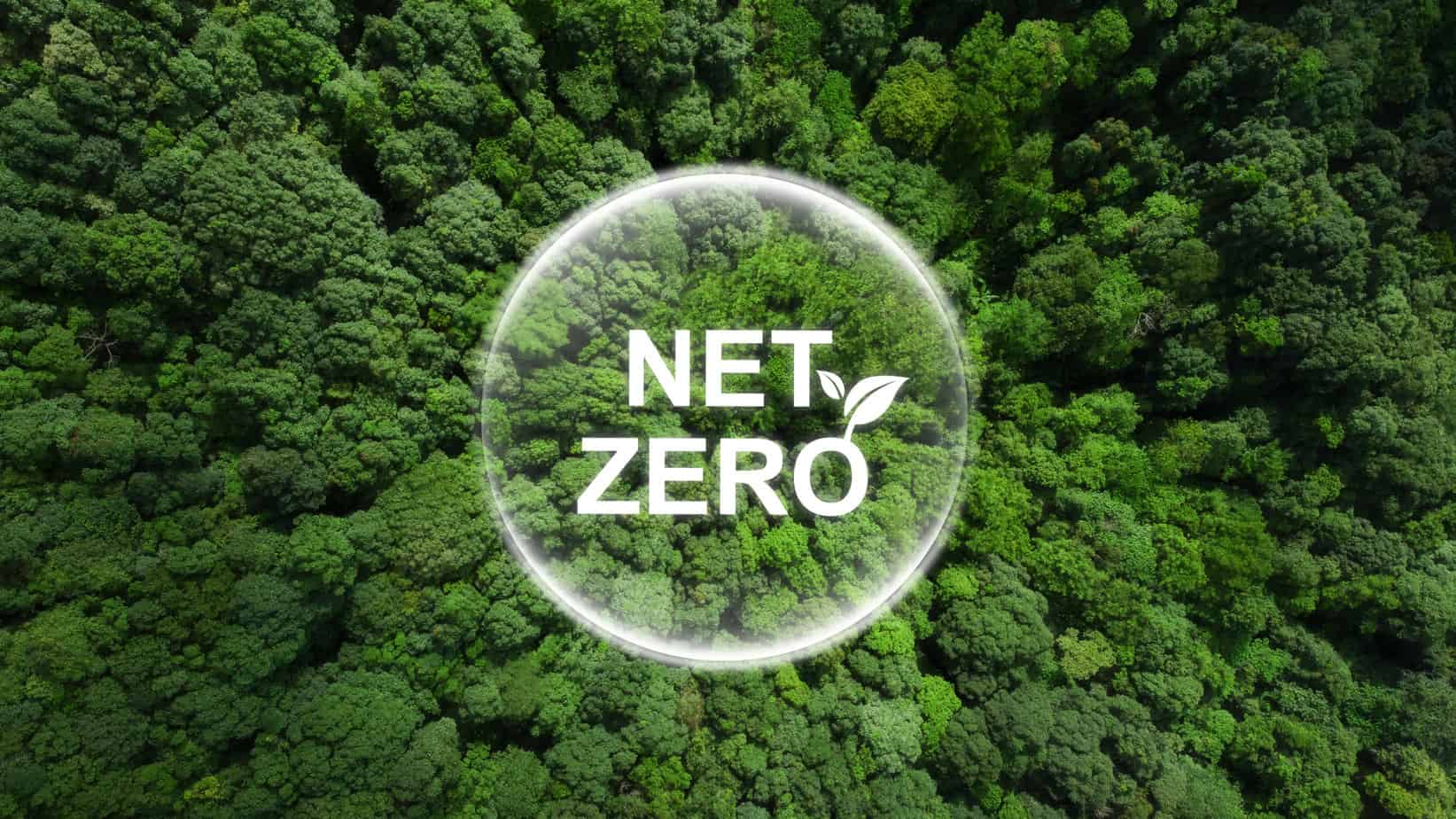Net Zero Targets: Reduction before offsetting
The Net Zero goal in sports is popular. In golf, for example, the DP World Tour has committed to achieving CO₂ neutrality by 2040. For the five Rolex Series tournaments, this is to apply as early as 2023. The Olympic Games, which will also feature a golf tournament, are to be CO₂-neutral in 2040. Several hundred sports associations, clubs or events have now gathered under the United Nations’ Sports for Climate Action Framework, all of which are committed to the goal of being CO₂-neutral by 2040.
What does CO₂ neutrality mean?
But what does this mean exactly? Going by the IPCC (Intergovernmental Panel on Climate Change) definition, “net-zero emissions are achieved when anthropogenic emissions of greenhouse gases to the atmosphere are balanced by anthropogenic removals over a specified period of time.” This is possible on the one hand by causing fewer CO₂ emissions, and on the other hand by offsetting CO₂ emissions with purchased CO₂ certificates.
This purchase of certificates has long been used not only by industry, but also by private individuals who want to offset the CO₂ balance of their air travel, for example. Rory McIlroyoffset his countless air miles with CO₂ certificates as early as 2021. Sponsors also use this offsetting to improve the CO₂ footprint of sports events. The Rolex events, for example, use 2023 certificates according to the so-called Gold Standard, which also corresponds to the development goals of the United Nations.
Reduction before compensation
So the approach is positive and so are the goals. Critical environmentalists and environmental scientists generally point out, however, that climate change can only be tackled if CO₂ balances are improved by a genuine reduction in emissions rather than by offsetting them.
This argument was recently supported by a study on the effect of so-called REDD+ projects, which are internationally recognized measures against deforestation. The study by a team of scientists led by Thales A. P. West of the University of Amsterdam was published in the prestigious scientific journal Science and concluded that the positive impact of the projects against deforestation of valuable forests seems to have been significantly overestimated. Scientists reviewed 26 areas in South America, Africa and Asia that fall under the Redd+ scheme. The researchers concluded that “most of the projects achieved significantly fewer positive effects than advertised. (…).”
Net-zero without offsetting, currently impossible in golf
So does the proclamation of the net-zero target in sports in general and also in the golf sector make any sense at all, considering that a serious CO₂ calculation of a golf tournament or even a golf club also has to include Scope 3 emissions, which include the area of mobility? In the case of a golf tournament, for example, this also includes all flights for players, caddies and coaches, as well as all travel for fans. On a normal golf course, all member travel to the golf club must be included. Then there is, for example, the CO₂ footprint created by the production of merchandise – thousands of caps, polo shirts or pitchforks at a US Open, for example. But at club level also all those polo shirts in which the members of a club team compete.
Travel drives emissions
The publication of the study on the overvaluation of CO₂ certificates in the area of forests has made it clear that the most important thing for sports associations, events and clubs committed to the goal of reducing their CO₂ balance toward zero is to work on avoiding and reducing emissions. The fact that achieving real net-zero is currently unattainable, especially at golf events where hundreds of individual athletes and their support teams travel individually, and the golf courses are usually located in such a way that the vast majority of fans travel by car or even by plane, may also be seen from the fact that not a single major tournament in golf has publicly formulated a net-zero target.
It can hardly be due to a lack of will: Anyone who looks at the thoroughly ambitious GreenLinks program of The Open, for example, can see that the R&A as organizer is trying to improve the sustainability of the event. Presumably, however, pure realism has led to a decision not to proclaim the net-zero target, which sounds so nice at first.
A reduction of the CO2 footprint for all players in sports, and thus also in golf, is the ultimate goal. What ultimately counts are the self-generated CO2 emissions of the golfer, club, association or tournament – and the serious attempt to reduce them.







